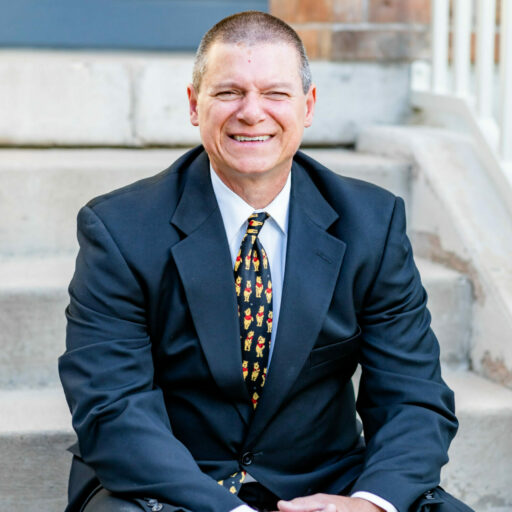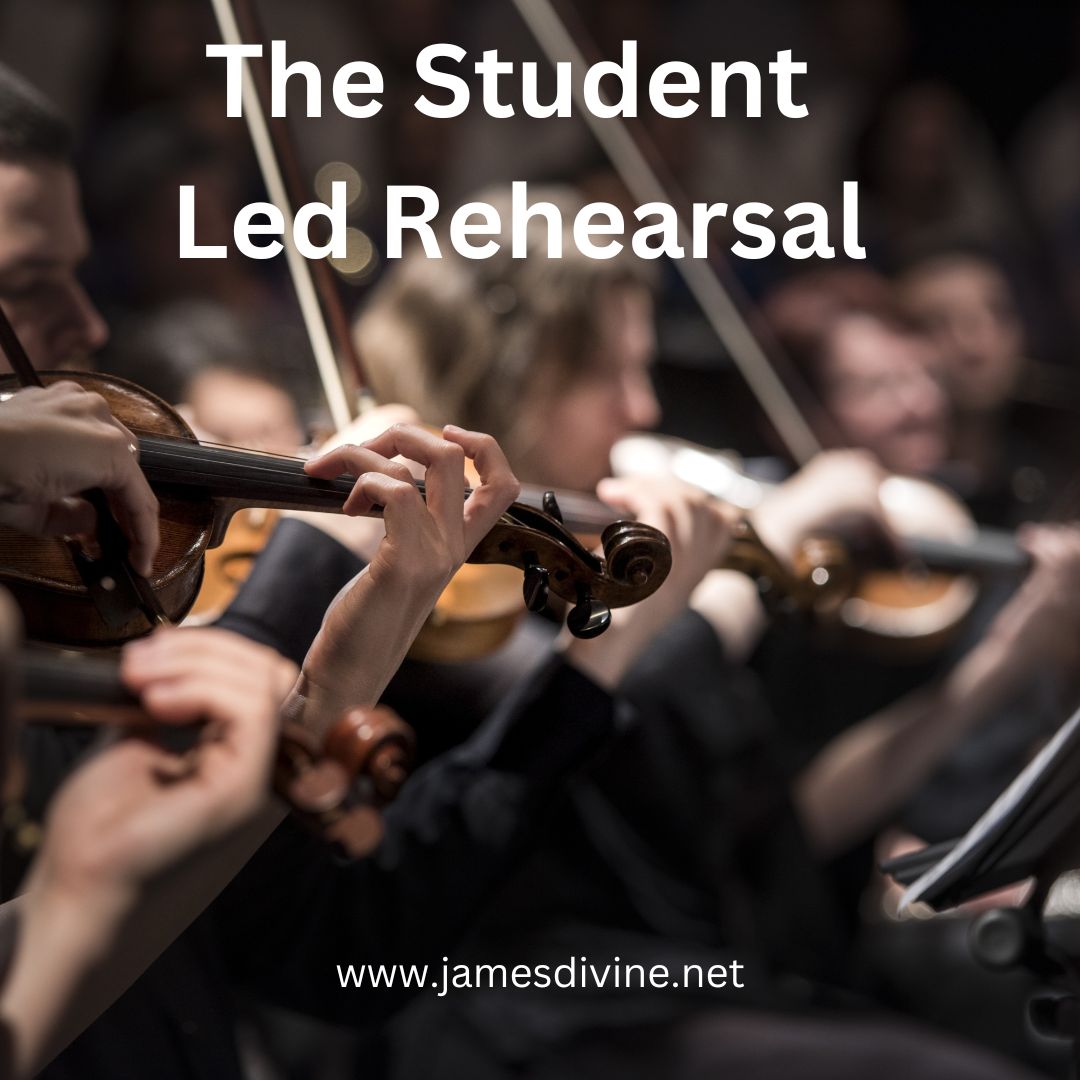You’re going to be gone from school, there are no music subs (or sometimes no subs at all), and you don’t want to leave the students with a written assignment. What do you do? Try the Student Led Rehearsal.
I wish I had originally came up with this idea, but like much of what we use in music it was stolen – I mean borrowed – and I don’t know who to give credit to. I saw this technique demonstrated at a Midwest clinic with a college band. I have used it effectively with high school and middle school students.
It’s not a technique you can just pull out of a hat the day before you take a day off. It’s a technique you train your students in. Several training days will be needed before it can be effectively implemented without you. Once you have trained them, use the technique a couple of times a month – with you present. It helps the students take ownership of the music!
Step 1 – Designate a Leader
This won’t be a leader in the traditional sense of someone conducting, but his/her role is important nonetheless. Designate and train several leaders. You never know when they will be gone. The leader’s job will be to…
- Determine where within a song the ensemble will start and end. The leader needs to be clear on this (with your training). For example: “Start at letter A, end in the last measure of A but don’t go on to B”, or “Start at measure 7, play through but not past measure 14.”
- The leader will want to pick a short section of music – usually no more than 8-16 measures – and preferably a section where most or all of the band plays. This technique gets bogged down in long exposed passages where just a few are playing.
- He/she will start the ensemble with either a counoff or a nod.
- It’s very important to train the ensemble to stop where the leader articulated. It’s very important for the leader to be clear on the start/stop areas.
Step 2 – When the band stops playing
- Three or four – no more – ensemble members will stand and be called on by the leader. Anyone can do this. You will find that at times some of your least advanced ensemble members will have the best input.
- When called on, ensemble members will provide concise, clear, loud feedback of something that can be worked on.
- Good examples…
- Trumpets did not enter together at their entrance
- The high clarinet part is sticking out
- It sounds like there might be a wrong note in the sax section
- The ensemble is not playing with a pyramid sound
- It sounds like we missed the crescendo
- Bad examples
- The _____ section sucked
- I don’t like this song
- I want my mommy
- Any comment longer than 10 seconds
- A comment that just says the same thing someone else already said (you will have to train the ensemble to avoid this)
- After 3-4 students provide input, the leader restarts the ensemble at the same section and everyone tries to fix what was wrong. The ensemble stops again and repeats the same process with input from 3-4 people.
- The ensemble performs the section of music a third time.
- After 3 times, the student leader selects another section to work on. If it can’t be fixed after three tries, it is probably something that needs the director’s help.
When the students are properly trained, this is an excellent technique that will allow them to get valuable rehearsal time without a music sub! Is it as effective as having you there? No, but it’s about 80% effective. I have shared it with my own groups in both a suburban high school and urban middle school. I’ve also shared it at Tri-M day at my state conference and would be happy to share it with your group of students at a conference.
*** James recently retired from full time teaching, spending 25 years in a private school, suburban high school, and Title 1 middle school. Prior to that he spent 10 years in the Army Band. James is available to speak at your school or music conference. He shares his own journey of abuse and forgiveness in his keynote speech, Teachers: You Saved My Life. He is also the author of The Saxophone Diaries: Stories and tips from my 30+ years in music. Find out more and reach him at www.jamesdivine.net

